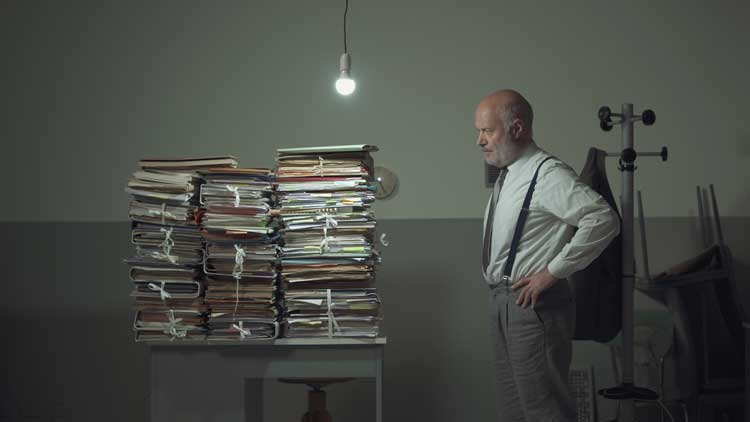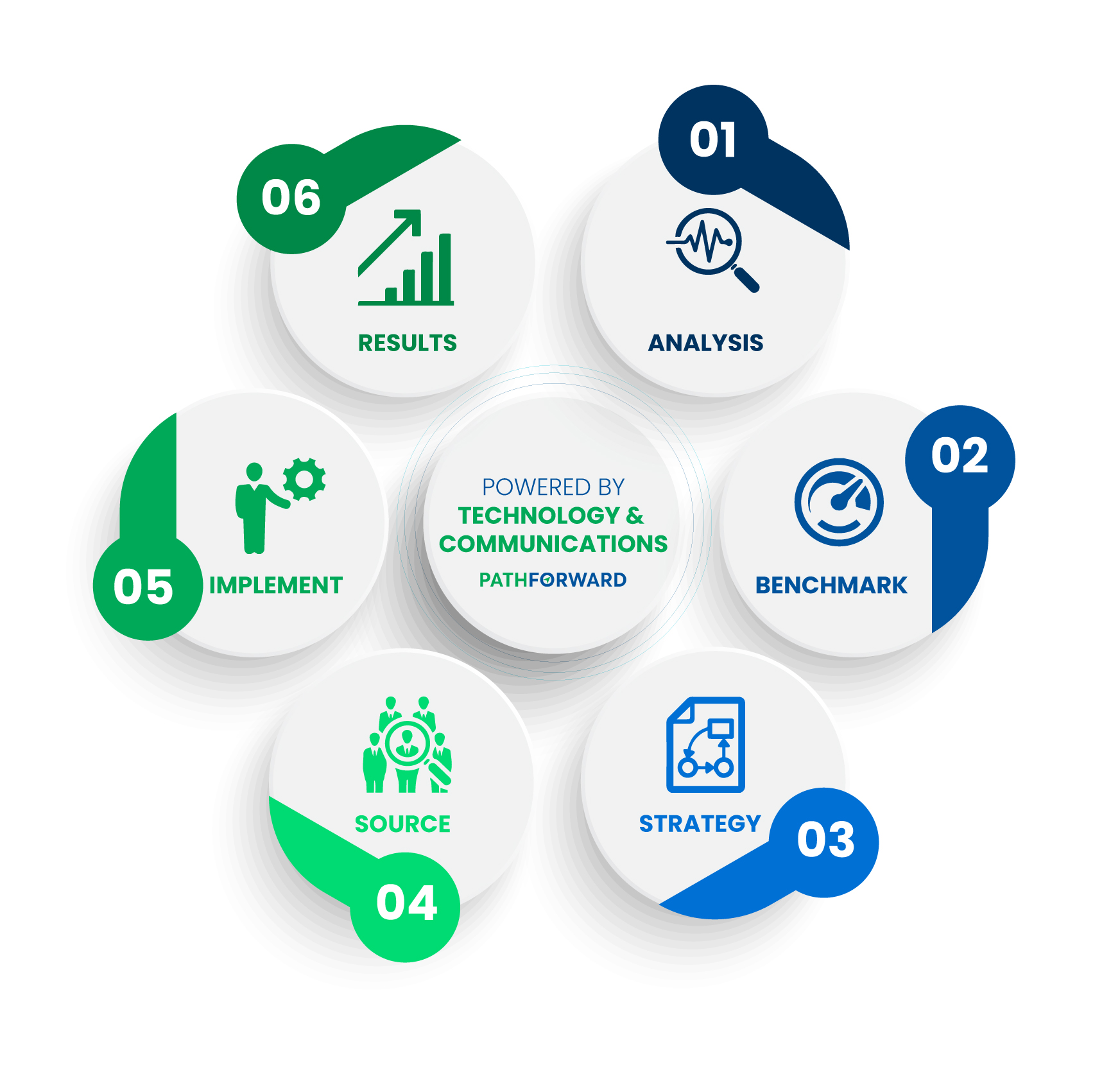People print because they want to or they have to. Whether they’re in their offices, on the road, or at home; in internal production centers; or with third-party providers, people have to print because of regulations, processes, or workflows that have been built on a paper-based system.
But, COVID has had a significant impact on printing and brought about many challenges. In fact, the industry has seen as much as a 60% reduction in paper being printed. Various factors range from people being made to work-from-home to a move to digital. Whatever the reason, the fall-out for most internal print operations saw their profits directly impacted as their fixed costs heavily outweighed their volume.

Let’s break it down a little further:
- Within the home or in hybrid scenarios, organizations faced new challenges of security and providing resources and supplies at home. What once used to be handled within an office environment now happens anywhere an employee sets up their home office, including their kitchen tables. So, organizations had to scramble to find a solution that kept sensitive data private. In addition, most organizations now had twice the number of devices, costly color, underutilized A3 devices, and USB-connected printers.
- Internal production centers, or in-plants, were built to provide scale, quality, speed, and security. Unfortunately, even before COVID, print jobs were getting simpler, with shorter run lengths, and saw volume staying in the office or being sent to third-party providers. In-plants also saw many challenges caused by the speed of multi-media vs. paper, and the strong move to digital technologies to maintain the most sensitive print jobs.
- Although third-party providers also felt the brunt of COVID, they have more flexibility to scale up or down. Another advantage they have is their seasoned salespeople and marketing machines that target organizations where volume is most prolific. But, outsourcing your organization’s print jobs could lead to a few problems, including the additional expenses, quality issues, and communication problems that can arise.

So, how do you navigate this new world? By completing a baseline that helps you understand what you have and what you spend. Because technology now exists in all three print environments, benchmarking will help you build a holistic enterprise print strategy that covers all these environments. For instance, if the internal print shop is strategic, then the office print and third-party sourcing will need to be in alignment. The office environment design will become important and the amount of print work being sent to third-party providers, leading to organizations having to invest in new digital technologies and training for employees.
Take the First Step
If you’re not thinking about your print strategy holistically, you may be paying millions of dollars more every year than needed. However, developing a strategy and utilization of fixed assets can lead to an enterprise saving between 35-65%.
If you are interested in these types of savings and driving bottom-line impact, the model below is how and what PathForward does in helping organizations like yours find the best-tailored strategy for their goals, priorities, and requirements. We have helped organizations like yours save over $750M.
OUR PROCESS
Over the last 25 years, we’ve developed a detailed, step-by-step process
that delivers the results you need for your largest enterprise print challenges.

Take The First Step
If you’re not thinking about your print strategy holistically, you may be paying millions of dollars more every year than needed. However, developing a strategy and utilization of fixed assets can lead to an enterprise saving between 35-65%.
If you are interested in these types of savings and driving bottom-line impact, the model below is how and what PathForward does in helping organizations like yours find the best-tailored strategy for their goals, priorities, and requirements.
We have helped organizations like yours save over $750M.
